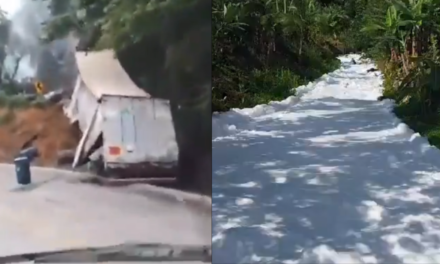The tragic fires that swept across Maui, leaving devastation in their wake, have now been linked to two critical factors: bare electrical wires and leaning power poles. An investigation by The Associated Press has shed light on how these seemingly innocuous elements played a pivotal role in the rapid spread of the flames, resulting in the loss of numerous lives and properties.
Videos and images analyzed by The Associated Press have revealed a troubling truth. In the initial moments of the fire outbreak, powerful winds toppled power poles, causing electrified wires to come into contact with the parched grass below. These wires, stripped of insulation and left exposed, possessed the potential to ignite fires upon contact, setting off a chain reaction that engulfed the landscape in flames.
Hawaiian Electric Co., the responsible utility, faced scrutiny for leaving a substantial portion of its electrical lines unprotected against the elements. The company’s decision not to insulate miles of its wires, combined with the prevalent dense foliage, created a hazardous environment. The peril was exacerbated by the deteriorating state of many of the utility’s wooden power poles, some of which were not built to withstand the ferocity of modern windstorms.
These poles, described in the utility’s records as adhering to “an obsolete 1960s standard,” stood at the end of their projected lifespan. Furthermore, they fell significantly short of meeting a national standard established in 2002, which mandated their ability to endure wind speeds of up to 105 miles per hour.
The situation was further complicated by the utility’s challenges in replacing the aged wooden poles due to competing priorities. A 2019 filing from the company highlighted the potential dangers of not addressing this issue promptly, emphasizing the risk of a “serious public hazard” if the poles were to fail.
Experts familiar with electrical systems and fire dynamics underscored the critical role insulation plays in preventing such disasters. Michael Ahern, an authority in power systems, explained that a fully insulated cable would have been highly unlikely to cause a fire in dry vegetation.
Hawaiian Electric defended its efforts to enhance the grid’s resilience and improve vegetation management in recent years. The company invested substantial resources, replacing thousands of poles and undertaking tree-trimming initiatives to mitigate risks. However, the legacy of poorly maintained power poles and exposed wires cannot be ignored, as they were central to the tragedy that unfolded.
As legal actions emerge against Hawaiian Electric, the company’s decisions and actions leading up to the fire have come under intense scrutiny. Questions have been raised about the utility’s response to high wind warnings, as well as its maintenance practices in the face of a changing climate.
In comparison to its mainland counterparts, Hawaiian Electric’s efforts might be perceived as lagging due to the relatively recent emergence of wildfire threats in the region. Yet, the catastrophic consequences of this oversight have demonstrated the need for utilities to proactively adapt their infrastructure to changing conditions.
The stark reality is that utility-caused wildfires are preventable. The imperative to insulate overhead lines and replace aging poles with sturdier alternatives is evident. Across the mainland, similar initiatives have been undertaken to safeguard communities from the potential devastation of wildfires sparked by power infrastructure.
As the aftermath of Maui’s deadly fires continues to unfold, the focus shifts to accountability and the imperative for change. The lessons learned from this tragedy underscore the necessity for utilities to invest in resilient infrastructure, considering the ever-evolving challenges posed by climate change and extreme weather events.










